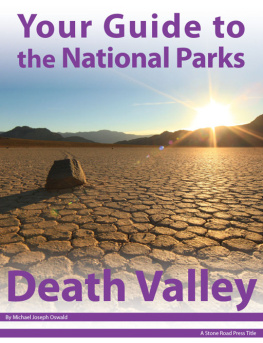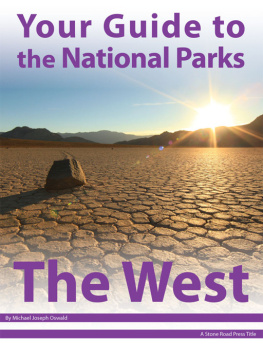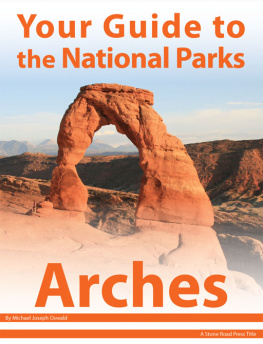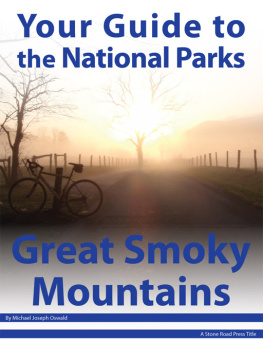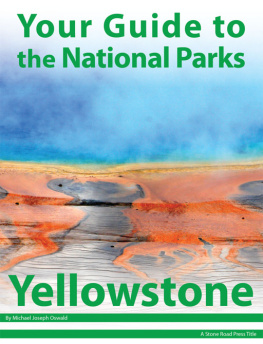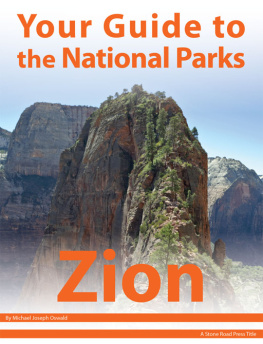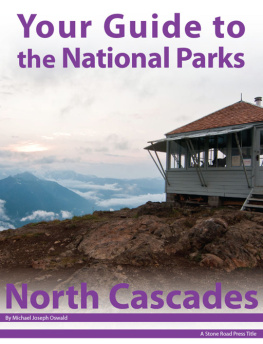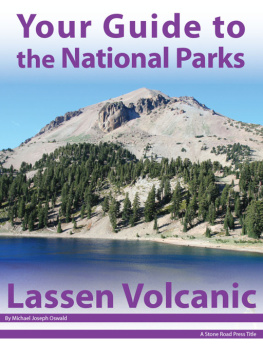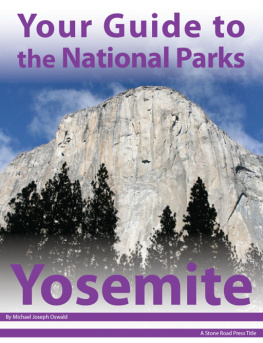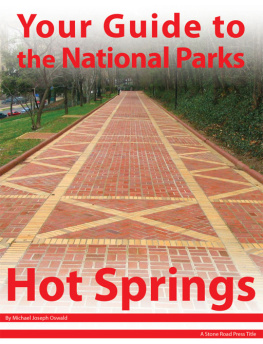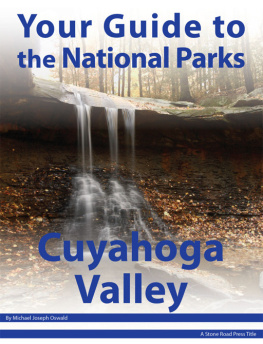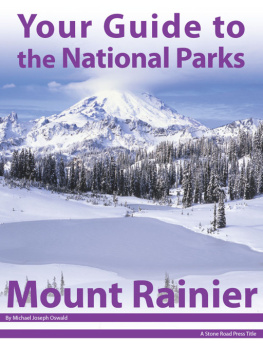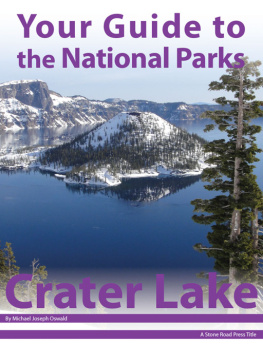Your Guide to Death Valley National Park, First Edition (electronic)
ISBN: 978-1-62128-037-8
Published by: Stone Road Press
Author/Cartographer/Photographer/Designer: Michael Joseph Oswald
Editor: Derek Pankratz
Copyright 2012 Stone Road Press, LLC, Whitelaw, Wisconsin. All rights reserved. No part of this publication may be reproduced, stored in a retrieval system or transmitted in any form or by any means, electronic, mechanical, photocopying, recording, scanning or otherwise without written permission of the Publisher. Requests for permission should be addressed to Stone Road Press; c/o Michael Oswald; 4927 Stone Road; Whitelaw, WI 54247.
The entire work, Your Guide to the National Parks is available in paperback and electronic versions. Content that appears in print may not be available electronically.
Paperback ISBN: 978-1-62128-000-2
Library of Congress Control Number (LCCN): 2012934277
Printed in the United States of America
E-Book ISBN: 978-1-62128-065-1
Corrections/Contact
This guide book has been researched and written with the greatest attention to detail in order to provide you with the most accurate and pertinent information. Unfortunately, travel informationespecially pricingis subject to change and inadvertent errors and omissions do occur. Should you encounter a change, error, or omission while using this guide book, wed like to hear about it. (If you found a wonderful place, trail, or activity not mentioned, wed love to hear about that too.) Please contact us by sending an e-mail to . Your contributions will help make future editions better than the last.
You can contact us online at www.StoneRoadPress.com or follow us on
Facebook: www.facebook.com/thestoneroadpress
Twitter: www.twitter.com/stoneroadpress (@stoneroadpress)
Flickr: www.flickr.com/photos/stoneroadpress
FAQs
The world of electronic media is not cut and dry like print. Devices handle files differently. Users have a variety of expectations. These e-books are image- and map-intensive, requiring fairly powerful hardware. All books were tested for use on the Kindle Fire, Nook Tablet, and iPad. You can expect to have the best user experience on one of these devices, or a similar tablet, laptop, or desktop. In the event you have issues please peruse our Frequently Asked Questions (.
Maps
Numerous map layouts were explored while developing this e-book, but in the end it was decided that the most useful map is a complete one. Unfortunately, due to file size concerns and e-reader hardware limitations, some maps included in this guide book are below our usual high standards of quality (even using zoom features). As a workaround all of this books maps are available in pdf format by clicking the link below each map or visiting www.stoneroadpress.com/national-parks/maps .
Disclaimer
Your safety is important to us. If any activity is beyond your ability or threatened by forces outside your control, do not attempt it. The maps in this book, although accurate and to scale, are not intended for hiking. Serious hikers should purchase a detailed, waterproof, topographical map. It is also suggested that you write or call in advance to confirm information when it matters most.
The primary purpose of this guide book is to enhance our readers national park experiences, but the author, editor, and publisher cannot be held responsible for any experiences while traveling.
Photo Credits
Front cover: The Racetrack Shutterstock
Death Valley - Introduction
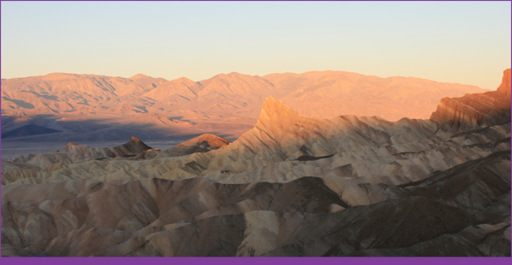
Morning sun illuminates Zabriskie Point
In 1917, Death Valley experienced 52 days43 consecutivewith temperatures over 120F. In 1929, not a single drop of measurable rain was recorded. During a 40 month period from 1931 through 1934, only 0.64 inches of rain fell. Its the hottest and driest national park in the United States. Not exactly a ringing endorsement for tourism. But Death Valleys superlatives extended far beyond historical weather data. At more than three million acres its also the largest national park in the lower 48 states . Badwater is the lowest place in North America. And its otherworldly. The first rays of light dance off the mudstone of Zabriskie Point. Only the afternoon sun penetrates the narrow depths of Titus Canyon. Signs of a volcanic past are visible at Ubehebe Crater. And Rocks move of their own accord across the flat expanse of Racetrack Playa.
People have visited Death Valley for nearly 10,000 years. Little is known of the earliest inhabitants, but its likely they made seasonal migrations to the valley, collecting pinyon nuts and mesquite beans. Not until 1849 did the first non-Native American step foot in the region, completely by accident. More than 100 wagons wandered into the valley after getting lost on what they believed to be a shortcut off the Old Spanish Trail. Roaming the desert for nearly two months, their oxen became weak and their wagons battered. By the time they approached present-day Stovepipe Wells it was clear they would not be able to pass the mountains with a full compliment of oxen and wagons; they made jerky of the former and burned the latter, and then set out on foot to cross Emigrant Pass, leaving the Death Valley behind. Only one man died during the ordeal, but the name stuck thanks to Death Valley in 49 , a book written by a member of the group, William Lewis Manly. His book became an important chapter in Californias pioneer history and brought newfound publicity to this inhospitable region.
Before it became a park mining was the primary activity in the valley. Boom towns (now ghost towns) sprang up around local bonanzas of gold, but the most profitable ore was borax , used to make soap and industrial components. Today, its an essential component in various glassware. Harmony Borax Works was the engine that opened up the valley, building hundreds of miles of roads as they raked borax from the valley floor. Forty men could produce three tons each day. Next, it was hauled out of the valley 10 tons at a time by twenty-mule teams, the original semi-trailers; a single caravan stretched 180 feet. During six years of production they hauled more than 20 million pounds of borax out of Death Valley. Stephen Mather , first director of the National Park Service, made his fortune with 20 Mule Team Borax. Success allowed him to pursue the preservation of natural wonders like Death Valley.
Walter Scott, also known as Death Valley Scotty , was a less industrious Death Valley resident. After working for Harmony Borax and the Buffalo Bill Wild West Show, he convinced wealthy easterners to invest in his highly productive gold mine. Unfortunately, Scotty didnt have a gold mine. He took the money and went on legendary spending sprees. With no return, investors began pulling their funding until only Albert Mussey Johnson , an insurance magnate from Chicago, remained. He sent thousands of dollars to Scotty only to hear of an assortment of calamities that always prevented shipments of gold. Johnson decided to visit Death Valley to check out the operation. But even as he realized he had been swindled, he fell in love with Death Valley and began a long-lasting friendship with Death Valley Scotty. Johnson funded construction of a vacation home (Scottys Castle) and Scottys real home (Lower Vine Ranch). To Scotty and Albert Johnson, Death Valley was a magical place filled with character and wonder that they described with their own superlatives, not the inhospitable wasteland others made it out to be. The Death Valley Chuck-Walla, an old mining newspaper, may have said it best when they wrote: Would you enjoy a trip to hell? You might enjoy a trip to Death Valley, now! It has all the advantages of hell without the inconveniences. Once again, not a ringing endorsement, but it is Death Valley after all.
Next page
